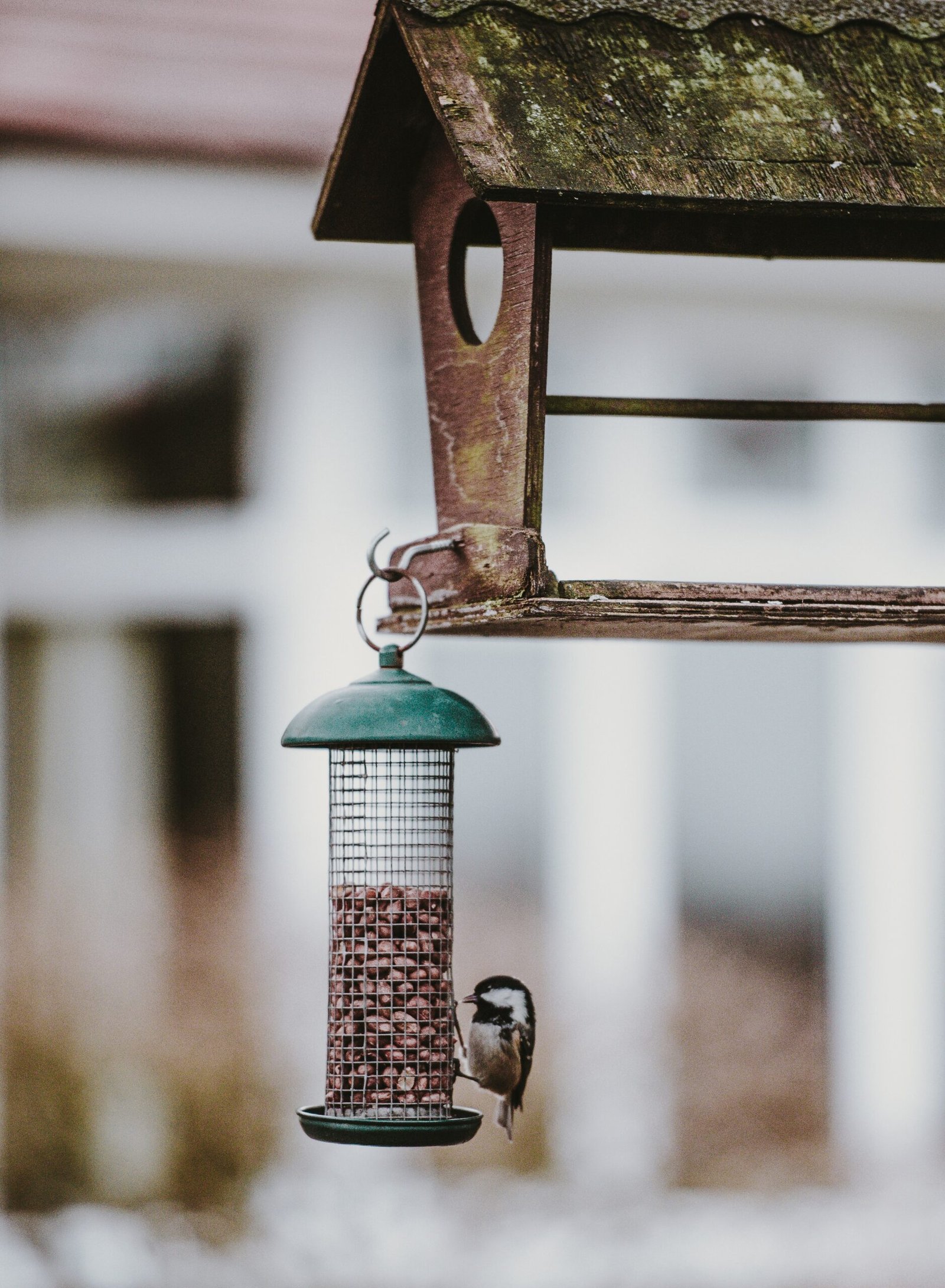Imagine never having to worry about feeding your pet tarantula on time again. With automated feeding schedules, you can ensure that your hairy eight-legged friend is well-fed without you having to lift a finger. But, is it really safe to leave the responsibility of feeding to a machine? In this article, we will explore whether tarantulas can be kept in enclosures with automated feeding schedules and the potential benefits and risks associated with this modern convenience.

Feeding Behavior of Tarantulas
Tarantulas, like all animals, have specific feeding behaviors that are essential for their survival and well-being. Understanding these behaviors is crucial for providing them with proper care.
Satiety and Overeating
Tarantulas have the ability to regulate their feeding behavior based on satiety. After a meal, they can go for extended periods without food. It is important to avoid overfeeding tarantulas as it can lead to obesity and potential health complications. By observing their eating habits and body condition, you can ensure they are receiving an appropriate amount of food.
Feeding Frequency
The feeding frequency of tarantulas varies depending on the species, age, and size of the individual. Generally, adult tarantulas can be fed once every 1-2 weeks, while younger spiders may require more frequent meals. It is essential to research the specific feeding requirements of your tarantula species to determine the ideal feeding frequency.
Variety of Diet
Tarantulas primarily feed on live insects such as crickets, roaches, and mealworms. Offering a varied diet can help ensure they receive a range of essential nutrients. Some tarantulas also have specialized dietary requirements, such as the need for specific types of prey or occasional supplementation with vitamins or minerals. It is crucial to research the dietary needs of your tarantula species to provide a well-balanced diet.
Automation in Tarantula Enclosures
The use of automation in tarantula enclosures has become a popular trend among pet owners. Automated feeding systems can provide several benefits but also come with their own set of challenges.
Benefits of Automated Feeding
One of the significant advantages of automated feeding is convenience. Automated systems can be programmed to dispense appropriately sized prey and regulate feeding schedules. This can be particularly beneficial for those with busy lifestyles or frequent travel. Automated feeding also minimizes the direct interaction with the tarantula, reducing the risk of accidental injury.
Challenges of Automated Feeding
While automated feeding systems offer convenience, they also present challenges. Tarantulas are unique creatures with specific feeding behaviors, and automated systems may not always replicate these behaviors accurately. Some tarantulas prefer hunting and may become stressed or lose interest in food if they do not have the opportunity to exhibit natural hunting behaviors. Additionally, automated feeding systems may malfunction or dispense the wrong type or amount of prey, potentially negatively impacting the tarantula’s health.
Considerations for Automated Feeding
Before implementing automated feeding in your tarantula’s enclosure, several factors need to be considered to ensure their well-being.
Enclosure Size and Setup
The size and setup of the tarantula’s enclosure play a crucial role in the effectiveness of automated feeding. The enclosure should provide enough space for the tarantula to move around and hunt if desired. Additionally, the enclosure should have appropriate hiding places and environmental conditions that mimic their natural habitat, promoting natural behaviors and reducing stress.
Feeder Selection
Choosing the correct feeder for the automated feeding system is essential. The size and type of prey should be suitable for the tarantula’s species and size. Ensuring that the feeders are of high quality is crucial to provide proper nutrition and prevent any potential harm to your tarantula. It is advisable to source feeders from reputable suppliers to ensure their cleanliness and health.
Feeding Schedule Adjustments
Automated feeding systems often come with pre-set schedules, but these may not align with the specific needs of your tarantula. It is important to carefully observe your tarantula’s behavior and adjust the feeding schedule accordingly. Factors such as growth rate, reproductive cycle, and individual appetite can vary and require modifications to the automated feeding system.
Effectiveness of Automated Feeding
The effectiveness of automated feeding systems in tarantula care has been a subject of debate among tarantula enthusiasts. While many pet owners have reported success, there are also potential risks and limitations to consider.
Success Stories
Some tarantula owners have reported positive experiences with automated feeding systems. By carefully monitoring their tarantula’s behavior and making necessary adjustments, they have been able to maintain healthy and thriving tarantulas. Automated feeding systems have provided convenience and peace of mind for these pet owners.
Potential Risks
Despite success stories, there are potential risks associated with automated feeding. Tarantulas are unique creatures with individual preferences and feeding behaviors. Automated systems may not always be able to replicate the exact conditions and prey selection that tarantulas require. Additionally, malfunctions in the automated systems may lead to the incorrect amount or type of food being dispensed, which can negatively impact the tarantula’s health.

Impact on Tarantula Health and Well-being
The use of automated feeding systems can have both positive and negative impacts on tarantula health and well-being.
Proper Nutrition
Proper nutrition is crucial for the overall health of tarantulas. While automated feeding systems can provide a consistent source of food, it is important to ensure that the feeders dispensed are nutritionally balanced and appropriate for the tarantula’s species and size. Monitoring the tarantula’s body condition and observing any changes in behavior or appetite can help ensure they are receiving the necessary nutrients.
Exercise and Hunting Behaviors
Tarantulas are natural hunters, and engaging in hunting behaviors is essential for their well-being. Automated feeding systems eliminate the need for tarantulas to hunt, potentially leading to a decrease in physical activity. Encouraging natural hunting behaviors through interactive feeding techniques or providing occasional live prey can help promote exercise and mental stimulation.
Stress and Anxiety Levels
Tarantulas are sensitive creatures, and changes in their environment or routine can cause stress and anxiety. The automation of feeding can create a disruption in their natural feeding behaviors, potentially leading to heightened stress levels. Careful observation and monitoring of the tarantula’s behavior and well-being are essential to ensure they are not experiencing significant stress or anxiety as a result of automated feeding.
Tarantulas Suitable for Automated Feeding
Not all tarantula species are suitable for automated feeding. Several factors need to be considered when determining if a tarantula can be fed using automation.
Species Compatibility
Different tarantula species have varying dietary requirements and feeding behaviors. Some tarantulas, particularly those that prefer hunting, may not thrive in an automated feeding environment. Researching the specific needs and behaviors of your tarantula species is crucial before considering automated feeding.
Size and Growth Rate
The size and growth rate of a tarantula will also impact their suitability for automated feeding. Smaller tarantulas, particularly spiderlings, may require more frequent meals and may struggle to utilize automated feeding systems designed for larger prey. Additionally, certain tarantulas may have accelerated growth rates, requiring more frequent and larger meals, which may not be feasible through automated systems.
Special Dietary Requirements
Some tarantulas have special dietary requirements that may not be easily met through automated feeding. Certain species may require specific types of prey or occasionally benefit from vitamin or mineral supplementation. It is important to research the specific needs of your tarantula species to determine if automated feeding can adequately meet their dietary requirements.

Alternative Feeding Methods
While automated feeding systems offer convenience, there are alternative methods that can still provide a satisfying feeding experience for both tarantula and owner.
Manual Feeding Techniques
Manual feeding techniques involve directly offering prey to the tarantula using tongs or other feeding tools. This method allows for more precise control of the prey item and ensures the tarantula can engage in natural hunting behaviors. Manual feeding also provides an opportunity for direct interaction with the tarantula, which can enhance the bond between the pet owner and the tarantula.
Interactive Feeding Tools
Interactive feeding tools, such as puzzle feeders or prey-hiding devices, can be used to stimulate natural hunting behaviors. These tools provide mental and physical stimulation for the tarantula, promoting exercise and keeping them mentally engaged. Interactive feeding tools can be used in conjunction with automated feeding systems to enhance the tarantula’s overall well-being.
Automation Technology for Tarantula Feeding
With advancements in technology, there are specific automation tools available for tarantula feeding.
Automatic Feeders
Automatic feeders are designed to dispense prey items at pre-set intervals. These feeders often come with programmable controls that allow owners to adjust feeding schedules and portion sizes. Automatic feeders provide convenience and can be particularly useful for pet owners who are often away from home or have busy schedules. Proper research and careful adjustment of the feeder settings are essential to ensure the tarantula’s well-being.
Smart Enclosures
Smart enclosures are equipped with technology that can monitor and control various aspects of the tarantula’s environment, including feeding. These enclosures often come with built-in feeding systems that can dispense the appropriate amount of prey or provide interactive feeding options. Smart enclosures provide a comprehensive solution for automated feeding and can be customized based on the specific needs of the tarantula species.

Ethical Considerations
When considering automated feeding for tarantulas, it is important to reflect on the ethical implications of such practices.
Natural vs. Artificial Feeding
Automated feeding systems, although providing convenience, may deviate from the natural feeding behaviors of tarantulas. Tarantulas are instinctual hunters that benefit from the physical and mental stimulation of hunting. While automated feeding can ensure a consistent food source, it is essential to find a balance between convenience and promoting natural behaviors.
Promoting Natural Behaviors
Promoting natural behaviors should be a priority when implementing automated feeding systems. Incorporating interactive feeding tools, providing opportunities for exercise and hunting, and carefully monitoring the tarantula’s behavior and well-being can help ensure they are receiving adequate mental and physical stimulation.
Conclusion
Automated feeding systems can provide convenience for tarantula owners, but it is crucial to consider the specific needs and behaviors of individual tarantulas. While automation can offer benefits such as convenience and precise feeding control, it may also impact the tarantula’s natural feeding behaviors and potentially cause stress or anxiety. Proper research, careful observation, adjustment of feeding schedules, and the use of interactive feeding tools can help strike a balance between automation and promoting the well-being of tarantulas. Ultimately, the goal should be to provide a nurturing and enriching environment that meets the unique needs of each tarantula.

